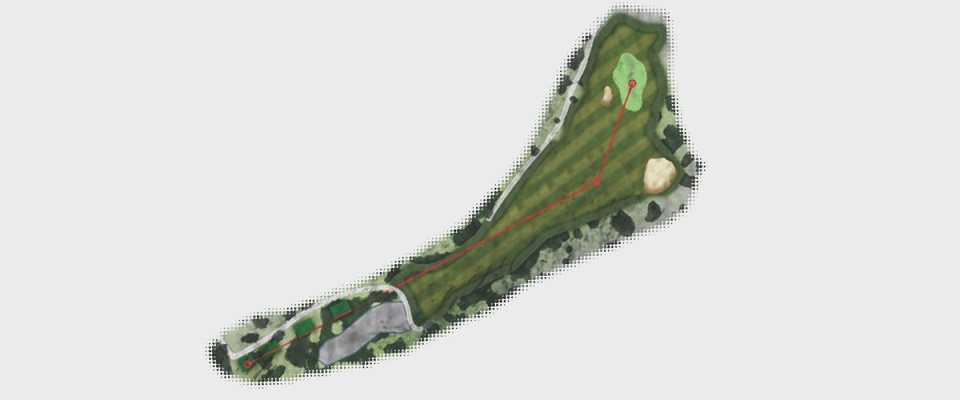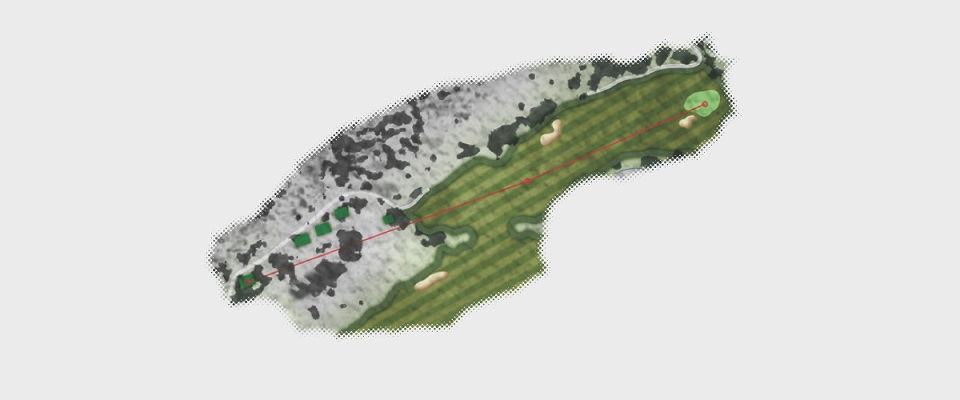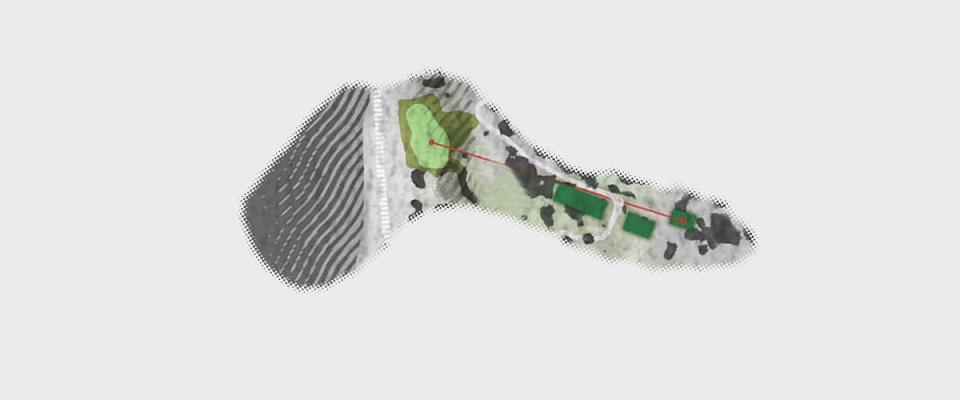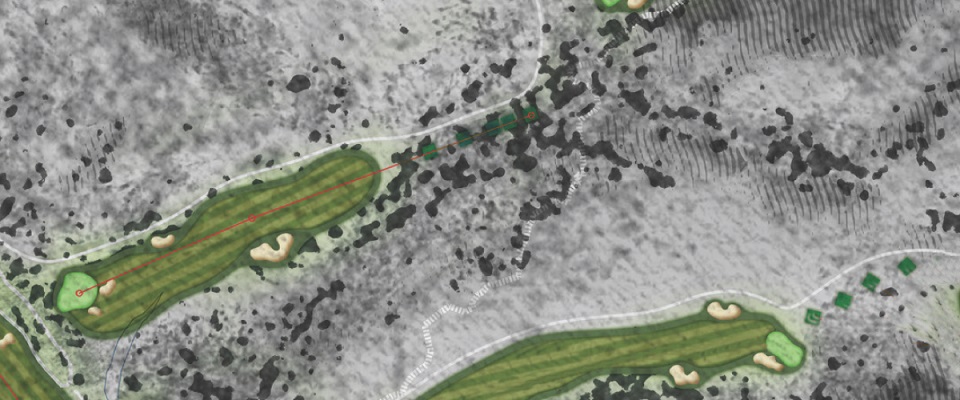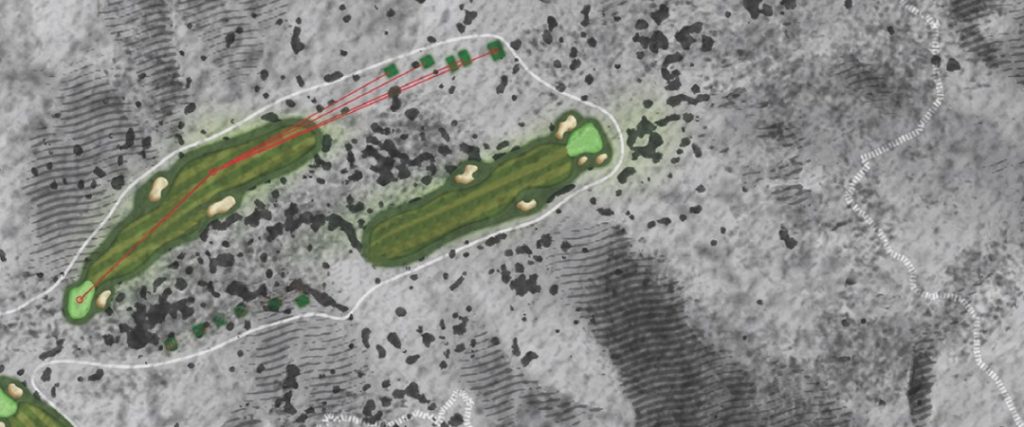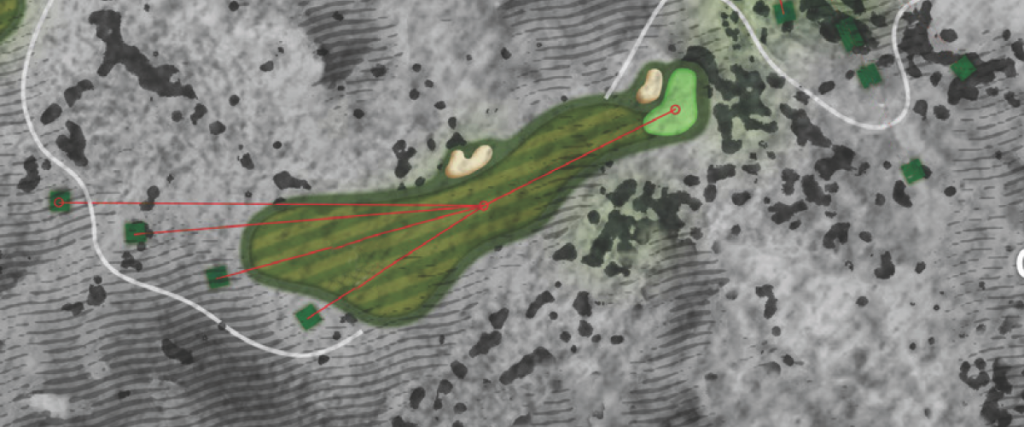


7 Golf Habits Worth Breaking
One of the maddening things about golf is that it’s all too easy to develop bad habits. This applies to beginners as well as advanced players. Bad habits, be they mental or physical, can be debilitating. Golfers are delicate creatures. A lack of confidence can lead to poor play, high scores or BIPLOI: Ball in Pocket, Lack of Interest.
If you’re stuck in the golf doldrums, take stock of your situation. The key to getting out of a rut is to identify your bad habits—and eliminate them so you can play to your potential and enjoy the game more.
If any of the seven bad golf habits described below sound familiar, resolve to get rid of them pronto.
Changing Habits That Don’t Serve You Well
1. Negative Thinking
When you step onto the first tee, you want to be relaxed, confident and focused on the task at hand. In golf, it’s all about the process. Make a good swing, find the ball, hit it again until you get it in the hole. That’s it. Negative thinking, such as worrying about the opinions of others or obsessing over mechanical swing thoughts, will doom your chances. Your brain is a computer. Your body is a machine run by that computer. If your mind isn’t clear about your purpose, your computer brain will send faulty directives to your body, resulting in crossed wires and poor play. Focus not on the voices in your head but on the reality of golf: the club, the ball, your body, the course. In other words, the elements that actually make up the game. Self-trust is the key to success. Hire a sports psychologist if you’re really in deep, or read one of many excellent books available on the mental side of golf.
2. Lack of Commitment
This bad habit is an absolute killer. There is simply no way you can hit a proper shot if you’re having doubts. Do as the pros do—select a club, believe in your choice and commit to the shot. Our brains detest indecision. In a golf context, if your mind isn’t committed to the shot in front of you, your body isn’t going to cooperate. Golf is often portrayed as a control sport, but the ones who play it best relinquish conscious control and swing freely. Jack Nicklaus, golf’s greatest champion, often advocated making aggressive swings to conservative targets. On a course like TPC Danzante Bay, which rewards placement and precision over heedless power, the Nicklaus strategy will pay handsome dividends. Control what you can control during your pre-shot routine. Then fully commit to the shot.
3. Unstructured Practice Sessions
There’s simply no point in hitting practice balls willy-nilly with no purpose in mind. Discipline is required to advance. Prioritize long-term improvement over short-term results. Structure your time at TPC Danzante Bay’s practice facility to work on the parts of your game that need it most. Having trouble escaping greenside bunkers? Place 10 or 12 balls in a practice bunker and experiment until you figure out how to play an explosion shot. Most strokes are saved within 100 yards of the green. Hit wedges to specific targets. Learn how far each wedge travels. Practice chipping and pitching. And don’t neglect putting. As the great Scottish pro Tommy Armour once said, a man (or woman) who can putt is a match for anyone.
4. Steering
In the supposed interest of improved accuracy, one of the worst tendencies in golf is relying solely on your arms instead of the whole body when you swing. As you get deeper into the game and learn what really works, you’ll find that it’s essential to turn your shoulders fully and coil over a stable lower body. Using only your arms, which beginners are prone to do, is misguided. Not only because of how much power is sacrificed, but also because it simply doesn’t work. Power and accuracy, the twin pillars of golf excellence, derive from proper sequencing. If you find yourself hitting weak, offline shots, it’s usually because you’re trying to “steer” the ball around the course. Relax your arms, quiet your mind and allow your body to make a proper swing.


5. Jumping to Dumb Conclusions
Golfers are a gullible bunch. They love to tell themselves stories, especially fairy tales. Hit a couple of bad drives in a row, and you assume you’re “driving it terribly.” Miss a few mid-range putts and, all of a sudden you “can’t make anything.” Pretty soon, you’re getting frustrated by what you’re doing “wrong.” In Extraordinary Golf: The Art of the Possible, author Fred Shoemaker notes how often golfers create false or imaginary narratives around their games. “Most golfers approach the tee with a complex mental package: worries and judgments about their swing, the other person’s swing, the course, the weather, looking good, looking bad. They think about what’s wrong instead of what’s possible,” Shoemaker writes. Stifle the urge to make assumptions based on a few seemingly isolated events. Stay grounded and purposeful, for this reason: Whatever flaws you may have in your game will tend to get worse once you talk them into being.
6. Fear
Sabre-tooth tigers no longer roam the earth. Man is not threatened by wild predators. And yet golfers often get panic-stricken on the course, overcome by dread at a place that should be a safe refuge from everyday life. Golf is not a matter of life or death. Whether you’re afraid of hitting a bad shot or overly worried about your score, fear of negative consequences is debilitating. It also takes the fun out of the game. The opposite of fear is self-assurance and confidence. Cultivate these qualities to eliminate fear, the worst emotion in golf.
7. Teeing Off Without Warming Up
This comes down to time management. It’s a big mistake to show up five minutes (or less) before your tee time. All players, regardless of skill level, need to budget enough time to stretch, warm up on the range, hit a few chips and putts, and prepare mentally for the round. Showing up within minutes to spare usually spells disaster. Gary Player, the ageless South African champion, said he always made a conscious effort to slow down his actions and movements hours before teeing off. Rushing to the course and racing to the first tee is a surefire way to ruin your chances for a good round. Set the alarm. Plan your morning meal. Clear out your inbox. Do whatever you need to do to give yourself enough time to get ready for golf, especially on a world-class course like TPC Danzante Bay.










